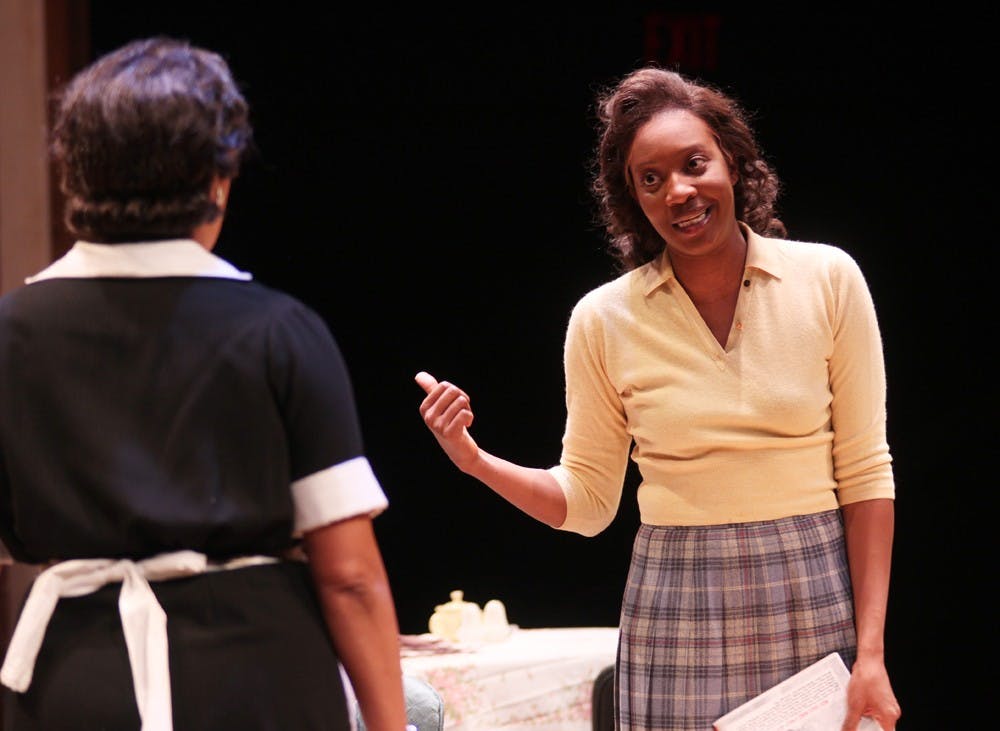“Once upon a time, freedom used to be life — now it’s money. I guess the world really do change,” proclaims Mama, portrayed by Kathryn Hunter-Williams.
“No, it was always money, Mama,” insists Walter Lee Younger, played by Mikaal Sulaiman. “We just didn’t know about it.”
PlayMakers Repertory Company’s “A Raisin in the Sun,” performed in rotating repertory with “Clybourne Park,” fearlessly tackles race, gender and gentrification with painful honesty and grace.
The play, written by Lorraine Hansberry in 1959, portrays the Youngers, a black family attempting to purchase a home in an all-white neighborhood in Chicago while struggling to balance personal dreams with family loyalty.
The production is directed by Raelle Myrick-Hodges and pays tribute to the themes of deferred dreams and family conflict with character portrayals that transcend the gap between the ’50s and now.
Clips from a radio interview with Hansberry commenting on her own work are sprinkled between scenes.
This artistic choice helps the audience not only delve into the world of the Youngers, but also the life of Hansberry and the significance of this family’s story within racially-charged 1950s America.
Costume designer Jan Chambers dresses characters in a fashion reflective of their journey and the time period.
Miriam A. Hyman’s portrayal of Beneatha Younger drives “Raisin” forward with a contagious energy even through the play’s most disheartening moments, while Hunter-Williams, as Mama, grounds the audience in a complex and recognizable mother’s love.




